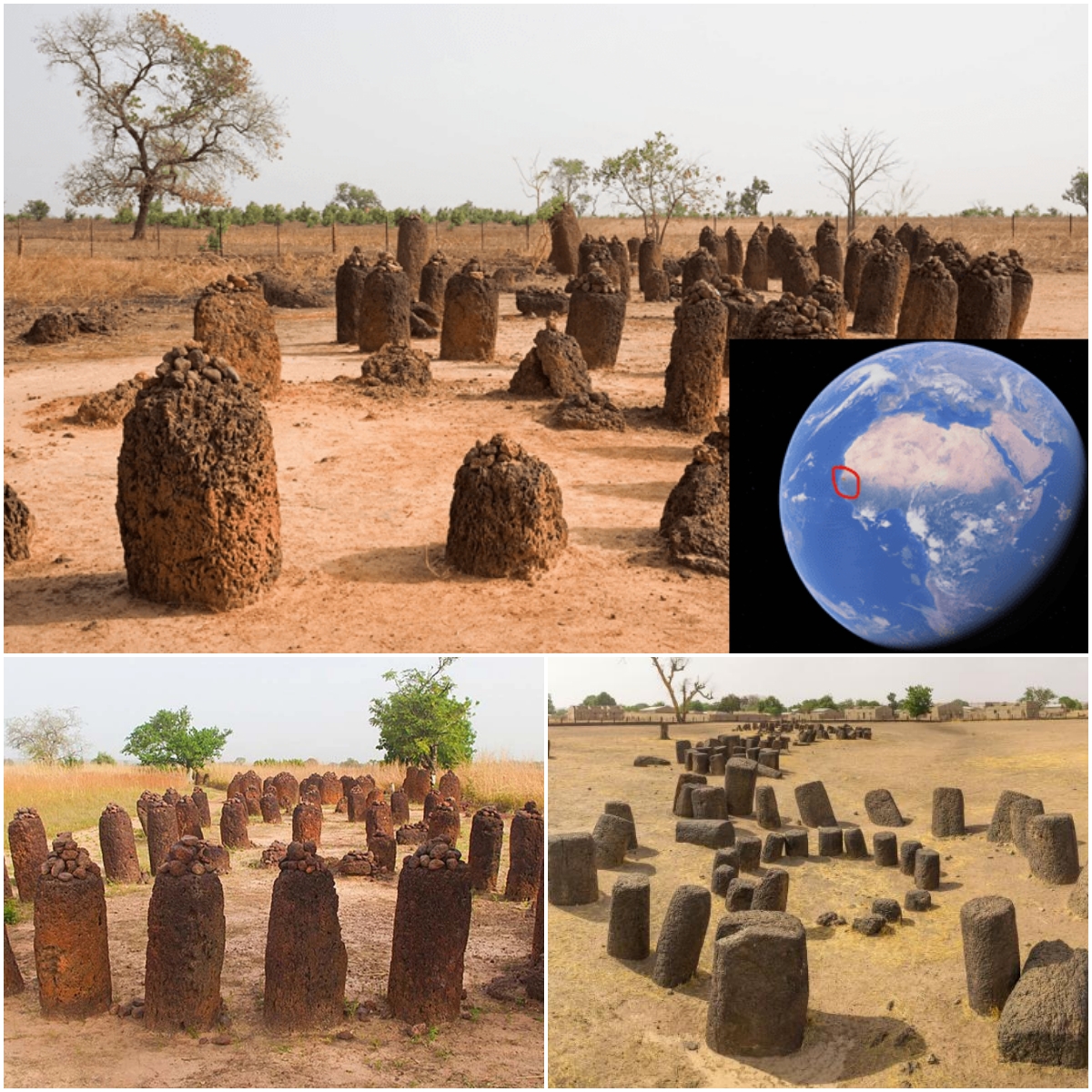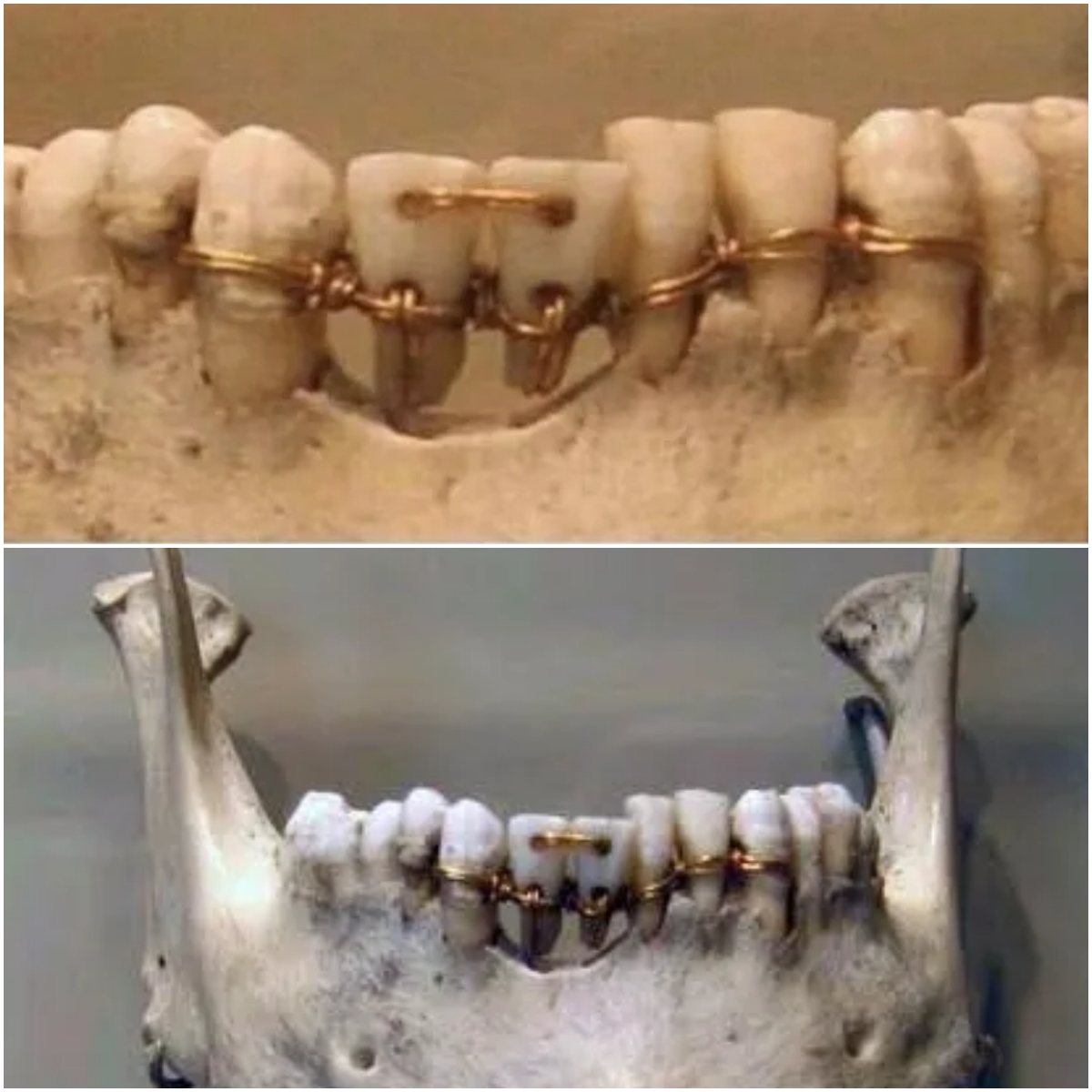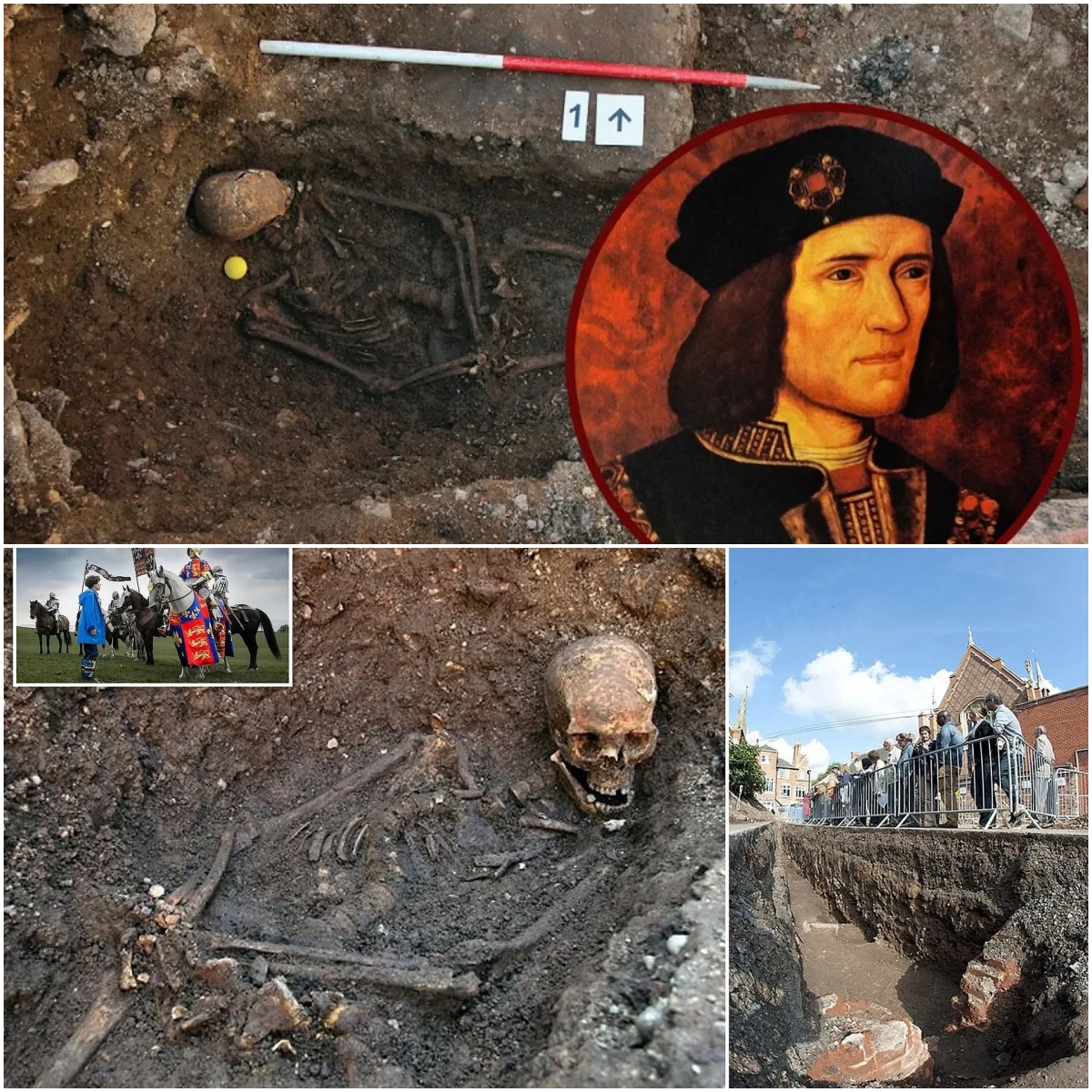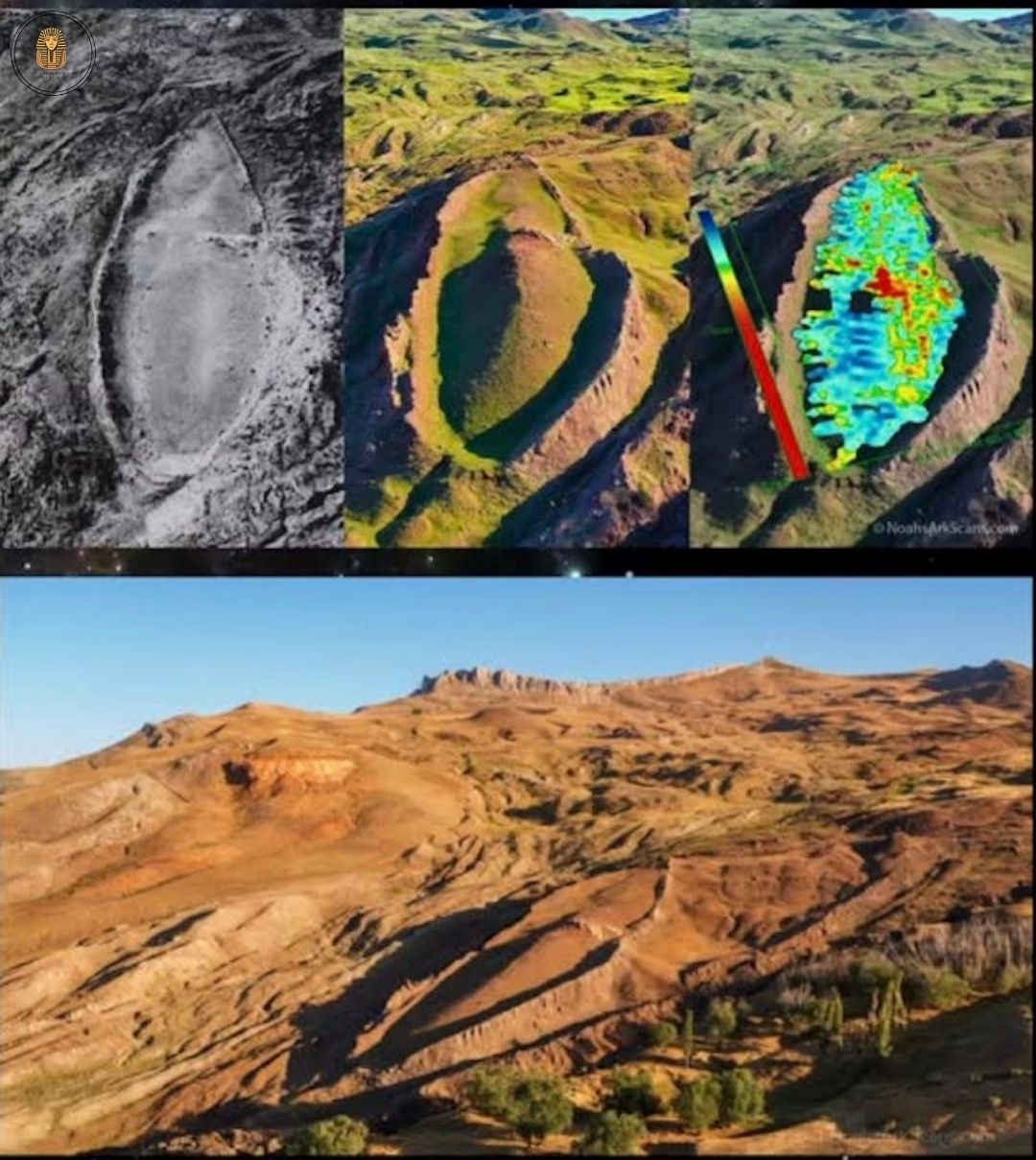An iron bar was buried with the toothless “vampire skeleton” from Sozopol to prevent it from leaving the grave.
These skeletons date back to the Middle Ages. Bulgaria is reported to be home to at least 100 vampire skeleton burials.
In Slavic folklore, the existence of vampires was a common tradition but especially popular in Bulgaria. The vampire was considered a beautiful supernatural being who sucked the blood of maidens. The only way to kill the vampire was to drive a stake or wooden stick into its chest.
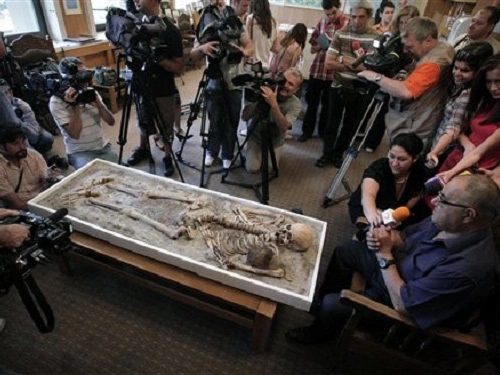
In 2014, archaeologists discovered many graves containing skeletons with wooden or iron rods drilled into their chest cavities. Some of the graves were older than the Middle Ages. However, Bulgarian historians claimed that the practice of nailing the dead with rods was common in some villages as late as the first decade of the 20th century.
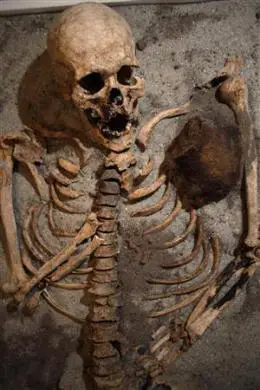
The villagers believed that it would prevent the dead from rising at midnight and terrorizing everyone. For the villagers, sinking an iron bar into the skeleton was not the only way to kill a vampire. They also pulled out the skeleton’s teeth.
Evidence of the extracted teeth was found on a 700-year-old toothless skeleton found in the ruins of a church in Sozopol. The skeleton had also been stabbed with an iron bar.
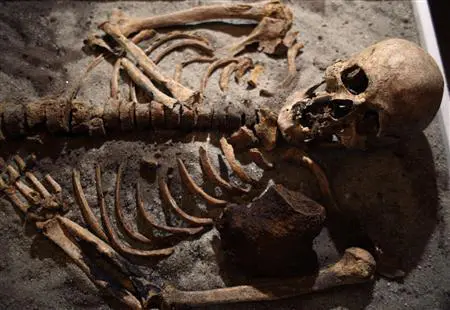
The skeletons and superstition about vampires in the area eventually led Bram Stoker to write about his famous fictional character, Dracula, in 1897.
As for the vampire skeletons of Bulgaria, historians still consider the origin of the superstition to be a mystery.


